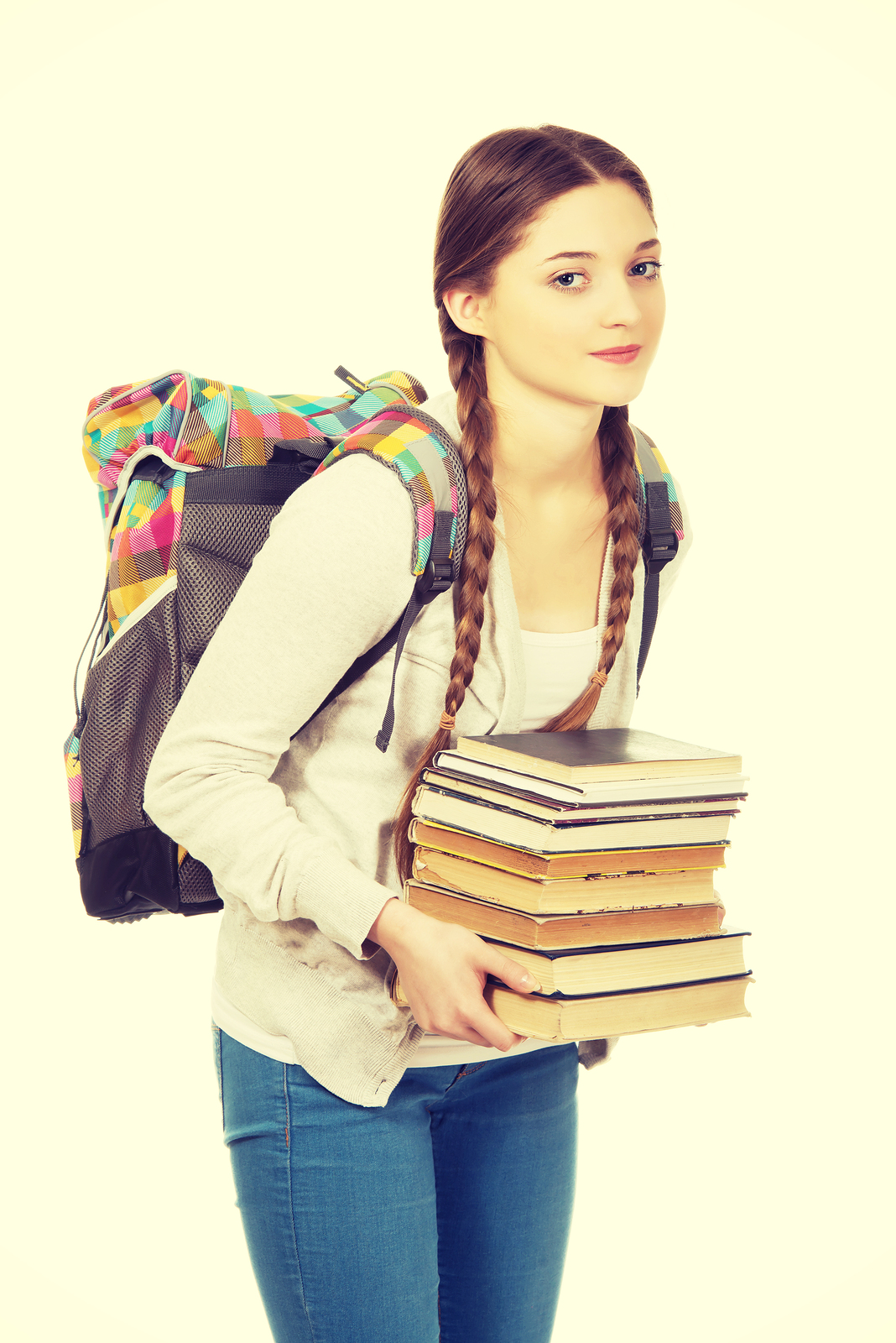 With the school year fast approaching, we thought it would be helpful to provide some insights for educators of students with scoliosis.
With the school year fast approaching, we thought it would be helpful to provide some insights for educators of students with scoliosis.
Scoliosis, usually diagnosed in adolescence, is a three-dimensional condition of the spine in which the spine curves from side to side in an s- or c-shape. This can result in an uneven postural appearance. Scoliosis affects about 3% of the U.S. population, but only a small percentage of kids progress to the point of requiring treatment. Treatment consists of pattern-specific scoliosis rehabilitation (PSSR), bracing, or in a small percentages of cases, surgery. The goal is the optimal management of scoliosis as the child completes the growth phase.
Each case of scoliosis is different and kids handle having scoliosis differently. Students with scoliosis will have different needs/wants about receiving attention to their condition (especially those who wear a brace).
What’s important to know is that when scoliosis reaches the point of bracing, compliance is very important. A brace is prescribed to try and prevent scoliosis from getting worse to avoid surgery and/or potential complications later in life. However, having to wear a brace to school can be unsettling for kids. Some handle it fairly well, others not so much. Some are extremely self-conscious about their brace and prefer to avoid unsolicited attention. Try to be cognizant of each individual child’s needs (i.e. self-esteem, etc.).
The following considerations may help a child with scoliosis improve their chances for a successful outcome at the conclusion of growth:
- If your student has been instructed to sit on a certain side of the classroom, please let them! Kids may need to position themselves in a way that they can attain an improved posture to not exacerbate their curve(s).
- Fortunately, in adolescence, scoliosis usually doesn’t cause pain but sometimes it can cause discomfort. If so, kids may need to adjust their positioning and may appear fidgety.
- Some kids may bring a special bolster to help adjust their seated position.
- Having two sets of textbooks–one for home and one for school can help. This is so students can avoid an excessively heavy backpack which may cause unnecessary compression on the spine.
- A rolling backpack may be helpful.
- When a student wears a brace, bathroom breaks may take a little longer.
- Kids with braces may need to visit the nurse more often, especially kids with braces that close in the back.
- Certain tasks may be physically challenging (especially for students who have had scoliosis surgery and have lost spinal mobility).
- School administrators may want to consider private scoliosis screenings or allow patients already diagnosed with scoliosis to opt out of screening in P.E. Class
- Braces typically should not be worn during gym class or sports activities. Kids with braces may need extra time before and after class to change and may need storage accommodations.
- Exercises to avoid are patient-specific and based on curve pattern. If your student has been educated on which movements to avoid for their spine, they will let you know.
- In general, physical activities that involve repetitive bending or twisting are contraindicated, for example, yoga. While it’s great for symmetrical bodies, it’s not the best for kids with scoliosis (an asymmetrical spine).
- Intensive gymnastics should also be avoided. This is due to the repetitive back extensions used in some gymnastics moves.
- Students with scoliosis should also use caution when it comes to sit-ups, push-ups, squats, and weight lifting.
- Long-distance running to the point where the child begins to fatigue may be harmful to kids with scoliosis.
Scoliosis 3DC® is located in Woburn, MA, and is committed to helping all people with scoliosis! Learn more about adolescent idiopathic scoliosis (AIS) and our nonsurgical treatment programs and 3D corrective brace at https://scoliosis3dc.com.

